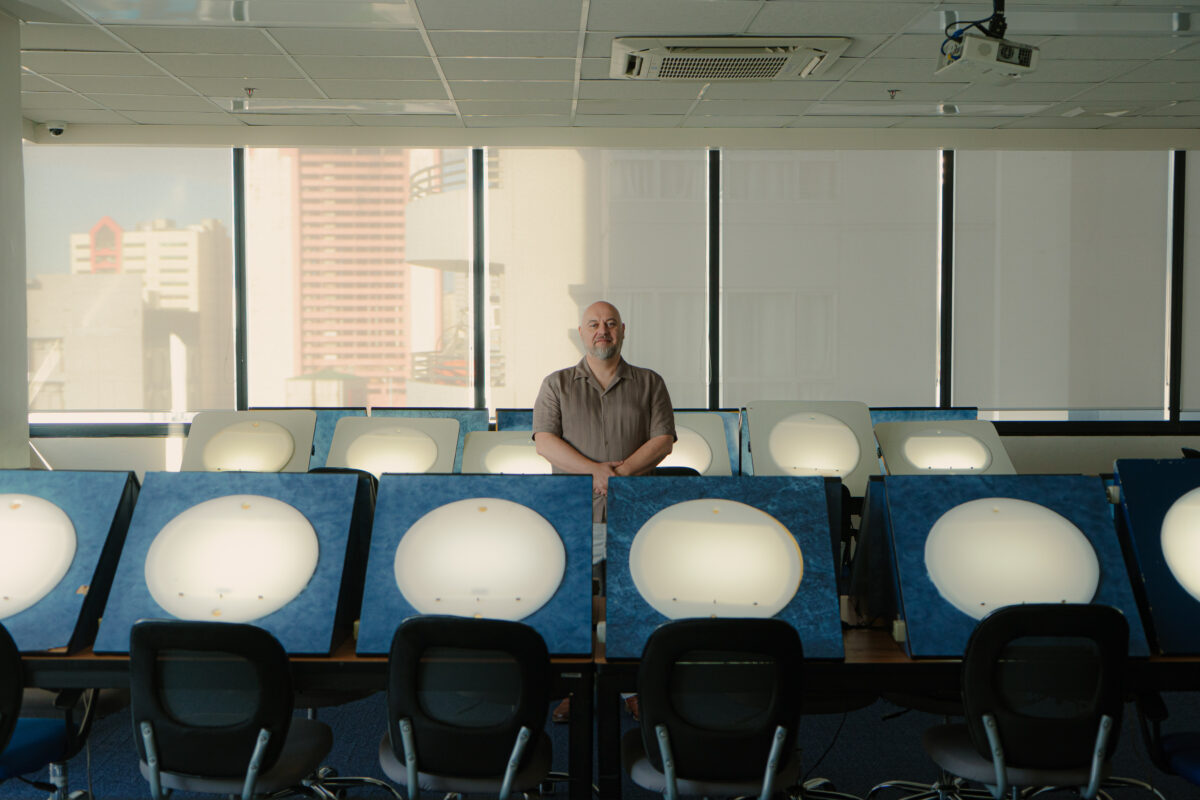It has often been the inevitable side effect of industrialization and urbanization: Where humans create habitation for their own species, other creatures of the planet are evicted, whole environments irreversibly altered and ecological balance thrown into disarray. It’s just too much for Mother Earth to take. Unfortunately, we don’t know any better until she throws a fit – and we suffer floods, droughts, landslides, and climate change.
Thanks to some inconvenient truths, a persistent information age that forces narrow minds to open up, and our own inherent curiosity, we have realized the practical and financial wisdom of living and working with Nature as opposed to going against her.
This realization has spilled over to construction and real estate industries, two of the most active culprits in the production of climate changing greenhouse gases.
Of late, these two industries have become more conscious of their carbon footprint and have come up with more viable earth-friendly alternatives for today’s generation of urban dwellers.
Condo living has become an obvious solution, though it’s apparent that not all condominiums are created equal. Not all high-rise residential units take Mother Nature into consideration.
So what constitutes an eco-friendly condo? We’ve gathered six tell-tale signs.
1. The earth-friendly condo requires a smaller lot area to house more people.
Amado De Jesus, founding chair of the Philippines Green Architecture Movement, explains that ideally, high-rise condos, with their small building footprint, minimize the extensive use of the land, thereby freeing it for other low-rise and green developments. “However, a condo project can only be considered truly green if it is climatically designed to adapt to its natural environment,” he notes.
Alejandro S. Mañalac, board vice chair of the National Real Estate Association, says that generally, condos “save precious land which can be used for planting trees.”
Rouen Abel V. Raz, vice president for sales and marketing of Robinsons Land Corp (which is aggressively into condo developments), adds, “Especially in the cities, condos are the way to go as they are less expensive and provide better security for residents. Likewise, the amenities that most condos offer are those you may not be able to afford if you get a house and lot. There are new technologies that offer residents more light and air in their condos.”
Adds Megaworld vice president for property management Rigoberto Santos: “Condo living generally constitutes a smaller, more practical amount of living space allotted per person. This can be equated to a lower amount of consumption per person, particularly for utilities such as water and power.”
2. Location encourages walking or use of mass transport.
Bobby Dy, senior vice president and head of Ayala Land Premier, points out that a condominium’s location must “encourage walking to and from work or school and other major points of interest, or is easily accessible to mass transit that would minimize the use of individual private vehicles.”
That means, De Jesus reiterates, that the earth-friendly condo is “not located in the middle of nowhere.”
Mañalac, who recently joined Century Properties Inc. as senior vice president, says ideally-located condos must be situated near the dwellers’ workplaces or regular daily destinations, “that require shorter travel time, thus less carbon footprint per dweller.”
Santos adds that, as an example, “Megaworld develops estates in consonance with its ‘live-work-play-learn’ principle, thereby creating a viable and dynamic ecosystem that highlights the connectivity of the community.” That means residents don’t have to leave the estate to enjoy key lifestyle services.
Condo units near the MRTs and LRTs or central business districts minimize fuel consumption and encourage the use of mass transport systems.
Santos says that this is particularly true for condo projects developed in conjunction with connectivity to public transport as its design principle.
But there is one caveat to being so near mass transport systems. Mañalac says these transport-oriented developments also bring people closer to the “terrible pollution prevalent in major cities, such that condo dwellers cannot open their windows which were actually intended to provide natural ventilation. Furthermore, the noise from the buses, jeepneys and the LRTs and MRTs (unlike the subways of some neighboring countries) themselves can be heard all the way to the top floor of some condos, especially those units facing the road. The result is the continuous use of airconditioning units to keep the smoke and the noise out. Thus, while some condos minimize fuel consumption, others can increase electric consumption.”
3. Low water, electricity bills.
An energy-efficient condo, De Jesus admits, is hard to ascertain. For starters, however, “a green condo should have individual electricity and water metering not only for monitoring purposes but also to take advantage of off-peak discounts.”
And for the condominium building as a whole, the water and electricity bills should be relatively low.
“Ask for the building’s energy bills, and compare these with other buildings. Since most buildings in the country are not rated as to their sustainability, this is the only way to find out if the building uses water and energy efficiently. Ask for the energy efficiency index (EEI), which is a measure of the kilowatt hours the building consumes per square meter per year. In the Asean region the standard is 200 kwh/sqm/yr,” he reveals.
Ultimately, De Jesus says, this all goes down to a flawless building management system (BMS). “If a condo is truly green, it will be concerned with proper management of its energy consumption to bring down electricity costs.”
4. Amenities respect natural resources.
De Jesus notes that the earth-friendly condominium should have “simple but practical amenities so you do not have to pay huge monthly maintenance bills for luxurious lobbies and public areas.”
Dy adds that the amenities designed should be sensitive to the environment. “Is it designed to maximize natural light and ventilation, thus minimizing electricity consumption? For example, waterfalls are wonderful landscape features, but these may require additional electricity and water consumption.”
5. Materials used are sustainable, non-toxic.
De Jesus notes that earth-friendly condos use irritant-free finishes. “Smelling anything disagreeable from the paint, varnishes, laminates, etc., are not only bad for your health, they also contaminate the environment.”
Mañalac says that more than the aesthetics, practical and functional features and the way they were made should be considered. “The most critical questions that should be asked of any material used in a condo are: Were these sourced from sustainable, renewable resources? How far were they sourced from? Are they imported or local? Are they toxic or non-toxic?”
6. The condo “walks the talk.”
De Jesus also warns of condo developers hyping their projects as earth-friendly when in fact it’s all just propaganda. “Don’t be fooled by all the hype about installed solar panels, landscaping, and so-called green roofs.” They must be substantiated and properly certified by expert parties to be actually classified as green.
However, as Dy cites, the incorporation of amenities like roof and podium gardens to minimize the heat island effect, the incorporation of breezeways in common areas to allow the natural flow of air, and the use of low water flow fixtures in bathrooms are already good base indicators of an environment-conscious building.











































